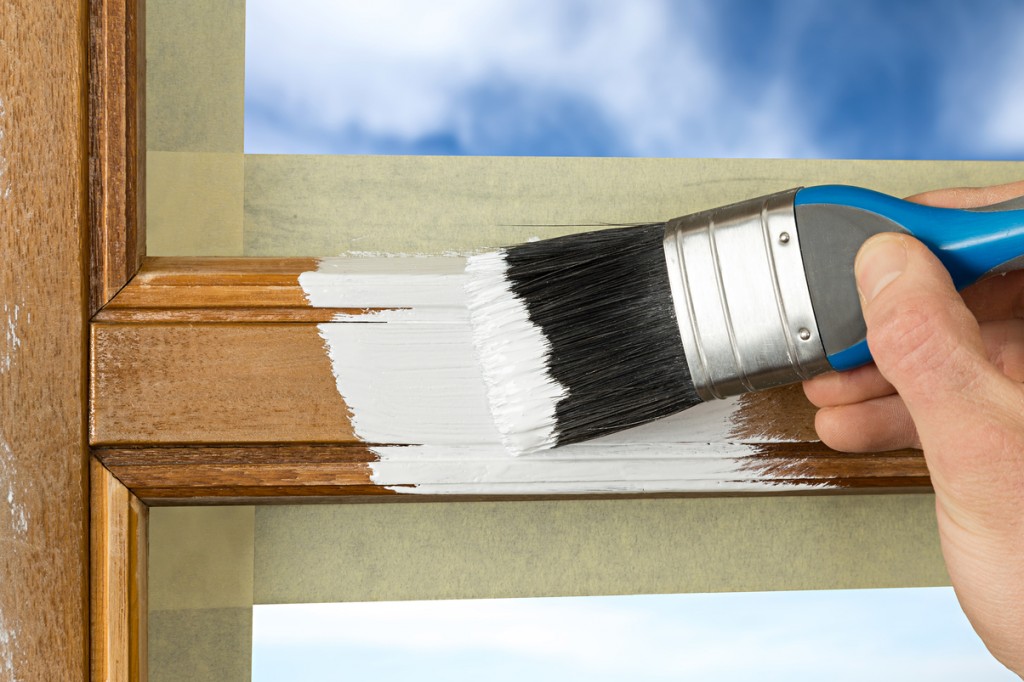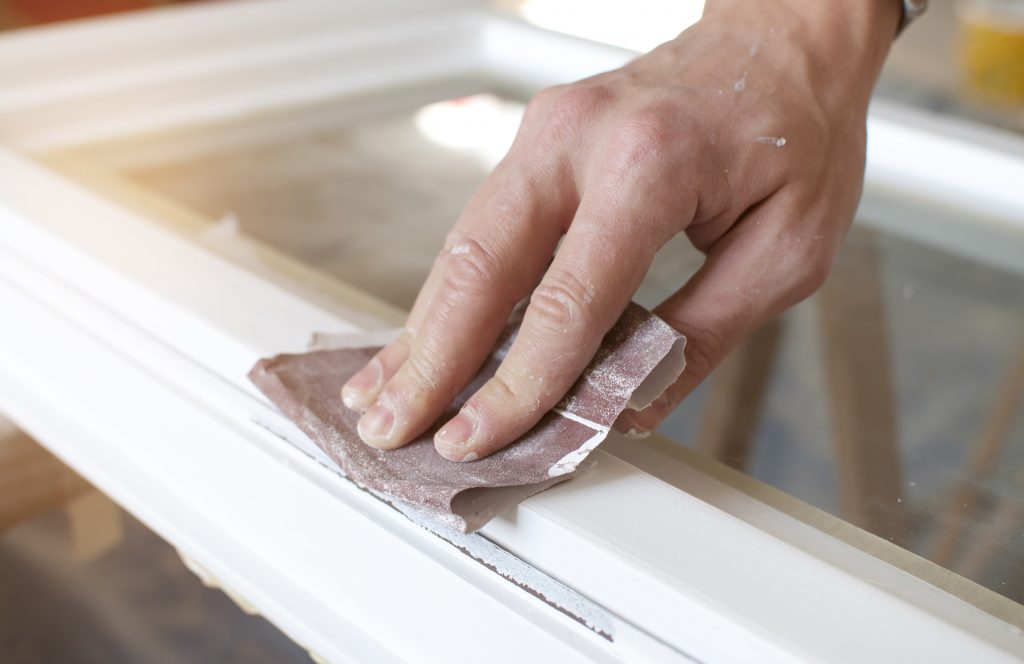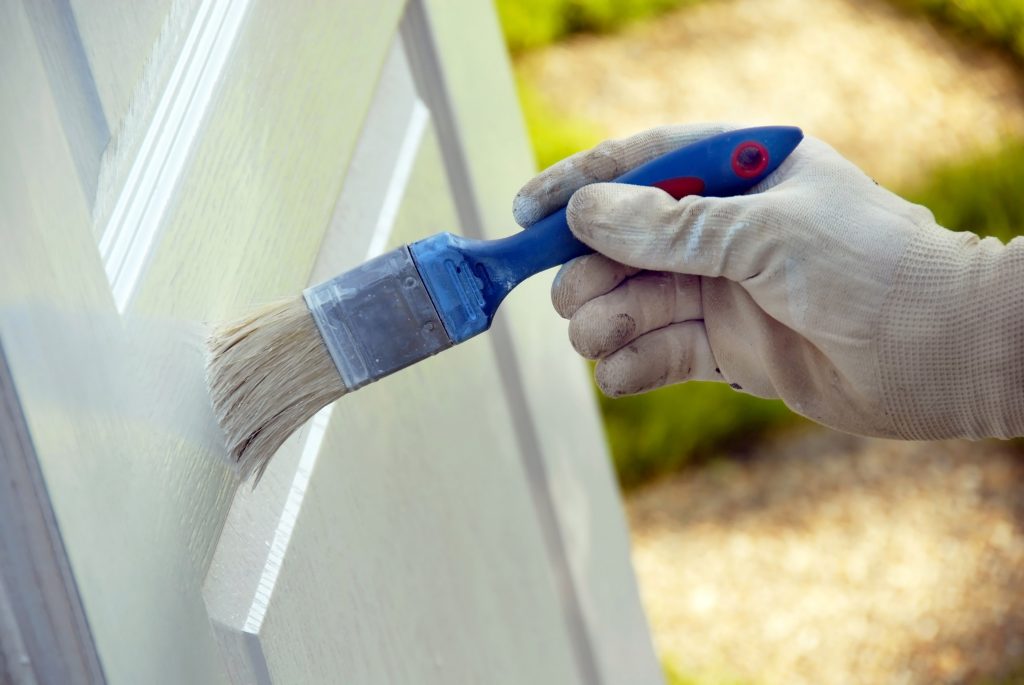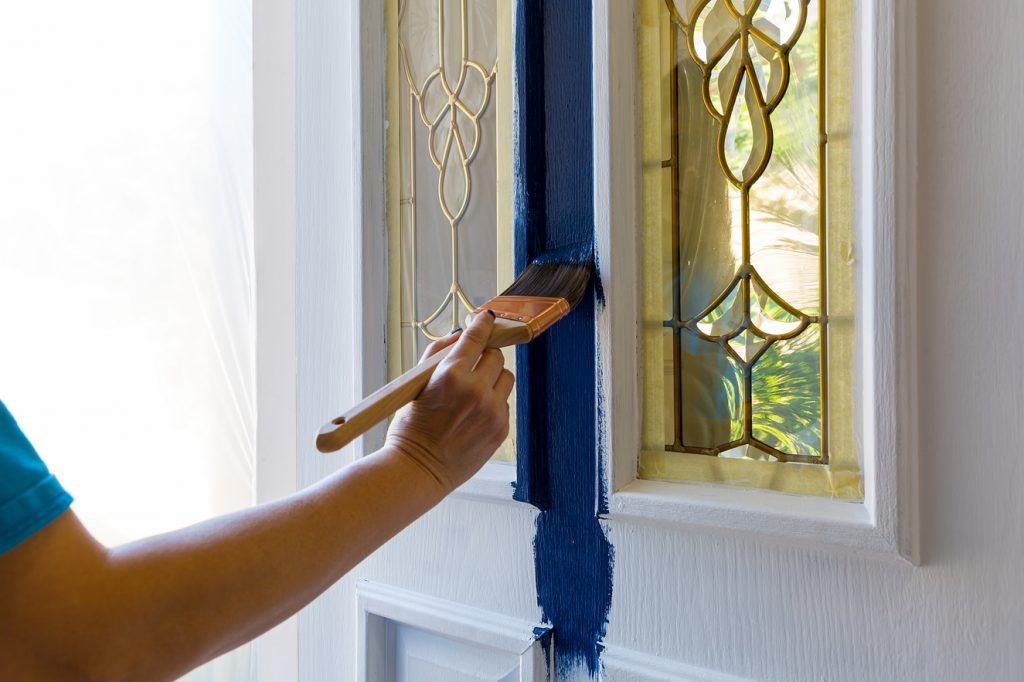If your home is looking a little tired and you reckon it’s time for a bit of DIY, you may want to consider giving your wooden doors and/or windows a fresh coat of paint.
There’s a misconception that wooden doors and windows need to be repainted frequently, however this is not the case; well-treated wood will provide serious longevity. Recoating is only necessary when it shows signs of wear, such as colour fading or a loss of sheen, or after repairing any damage to the timber.
However, you may want to paint those windows and doors because you fancy a change of colour, or you’re trying to sell your home and want to make sure it’s in tip top condition for people to come and view. Whatever the reason, painting wooden windows and doors doesn’t have to be an arduous task, or something that you need to get a professional in to do. Here’s a brief guide to the basics of painting your wooden windows and doors.


Clean and Prep
Before you can go anywhere near your doors or windows with paint, it’s important to clean them thoroughly of any debris, dust or existing paint. With a soft brush, remove any existing debris that you can see, and then using an old toothbrush you can work on the corners and any indentations in the frames. If there are any holes in the woodwork, you should fill these up with an appropriate filler after cleaning them out meticulously with a brush.
To remove any existing paint and strip it back to its bare timber, you are going to need to sand the wood. This will also make the surface as smooth as possible, as any flaws will show through the paint. You can use a sanding block or a mechanical sander to sand down the entire window frame or door to remove any existing paintwork.
Always go in the direction of the wood grain and be extremely careful to avoid scratching the glass of the windows or any glass door panels – it may be worth sticking down some newspaper to cover the glass before you proceed to sanding. Finally, wipe everything down to remove the dust left over from sanding, now you’re ready to move on.

Priming
The next step is to apply the primer, primer is important to ensure an even coverage and so that the paint will grip effectively to the surface. The type of primer you select may be dependent on the type of timber your windows and/or doors are made from. For example, hardwood likely contains an excessive amount of oil, making the first coat of paint difficult to apply, so it’s important to use a good quality primer.
Primers can be bought in a range of colours, so make sure you choose a colour based on the colour of the top coat. If you’re painting in a light colour, the primer should be white; for darker shades, a grey primer is a better choice.


Painting
Once the primer has dried you can apply the first layer of paint. For the glass in your windows or any glass panels in doors, apply masking tape to the edges of the glass to prevent any paint splatter, it will also create a nice, sharp edge to the paintwork. For windows, it’s also a good idea to unscrew the window catches, handles and hinges to prevent these from getting coated in paint.
Once this is done you can start painting with your chosen colour. You don’t need to apply the paint too thickly, as you can always apply more coats after it’s dried – also, an overloaded brush will cause the paint to run. For windows, start horizontally from the top and work your way down, then go back to paint the vertical. Avoid painting sporadically as this will make it hard to create even paintwork.
Use careful, even brush strokes to prevent uneven thickness. Apply the paint in thin layers and build them up gradually as each one dries until you have the desired look you’re after. The lifespan of your chosen paint will be dependent on its quality and composition, so consider researching the different types of paints and their use and effect on the type of timber you’re planning to use them on.


Hopefully you’re now better equipped to start a bit of DIY paintwork on those windows and doors. At Darcy Joinery, we provide bespoke doors and windows carefully crafted and made to measure to your exact specifications. So, if you’re looking for bespoke joinery, such as casement windows in Manchester, contact us today to find out more.
